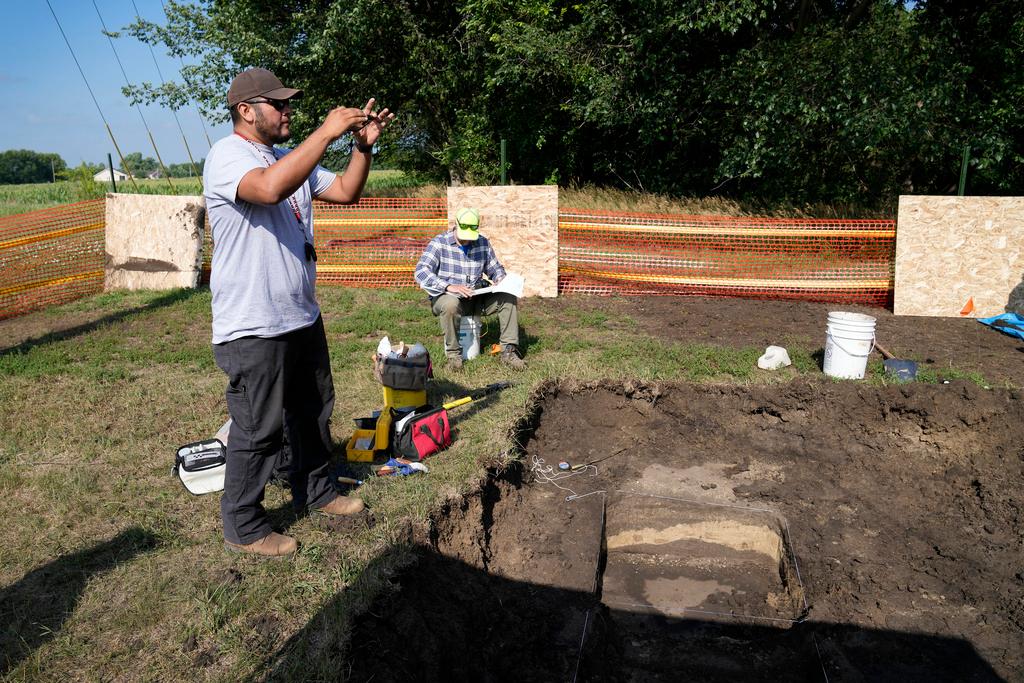
Last week, a panel of U.S. scientists called for more research into geoengineering technologies that are meant to intervene and slow the pace of climate change.
Although previous geoengineering proposals have met with opposition, the National Academy of Sciences panel called for more research into how such technologies might work and possible risks and rewards.
The proposals generally fall into two categories: capturing and storing some of the carbon dioxide in the air so that the atmosphere traps less heat and reflecting more sunlight away from the Earth so there is less heat. Researchers have proposed several techniques for reflecting sunlight away like injecting aerosols into the atmosphere so the microscopic particles can block the sun’s rays. Researchers also could engineer clouds to be brighter so they can reflect more sunlight.
In one of two reports, however, the panel cautioned against such proposals. Sunlight reflecting techniques would have to be sustained for millennia and such technologies would still not address the amount of carbon dioxide in the atmosphere right now. Also such approaches involve myriad risks, some of which could carry dire consequences, says University of Colorado professor Waleed Abdalati, a member of the panel.
Instead, the scientists call for experiments that could be done now to analyze the impacts of particles that are already in the air, from volcanoes or air pollution. Such information could be fed into computer models and would hopefully lead to a better understanding of the implications of sun reflection techniques, Abdalati says.
Capturing carbon from the atmosphere and storing it would be a less risky venture, Abdalati says. Devices could be put on exhaust stacks of energy plants to catch the carbon before it leaves and then this carbon could then be piped and buried deep under the earth’s surface. Although such techniques don’t face quite the same opposition, they are expensive and the consequences of forcing carbon dioxide into the planet are still unknown, Abdalati says.
Because scientists have not yet explored such technologies and their impacts in depth, the reports recommend that the first step is to investigate the type of activities that will need governance. Any regulations will also need to take into account the human impacts as well as the science, Abdalati says.
The panel makes it clear that climate intervention is no substitute for strategies to prevent global warming. Drastically reducing emissions of carbon dioxide and other greenhouse gases is by far the best way to meet the challenges associated with the warming of the planet. At best, climate intervention techniques may offer potential ways of meeting some of those challenges, Abdalati says.








